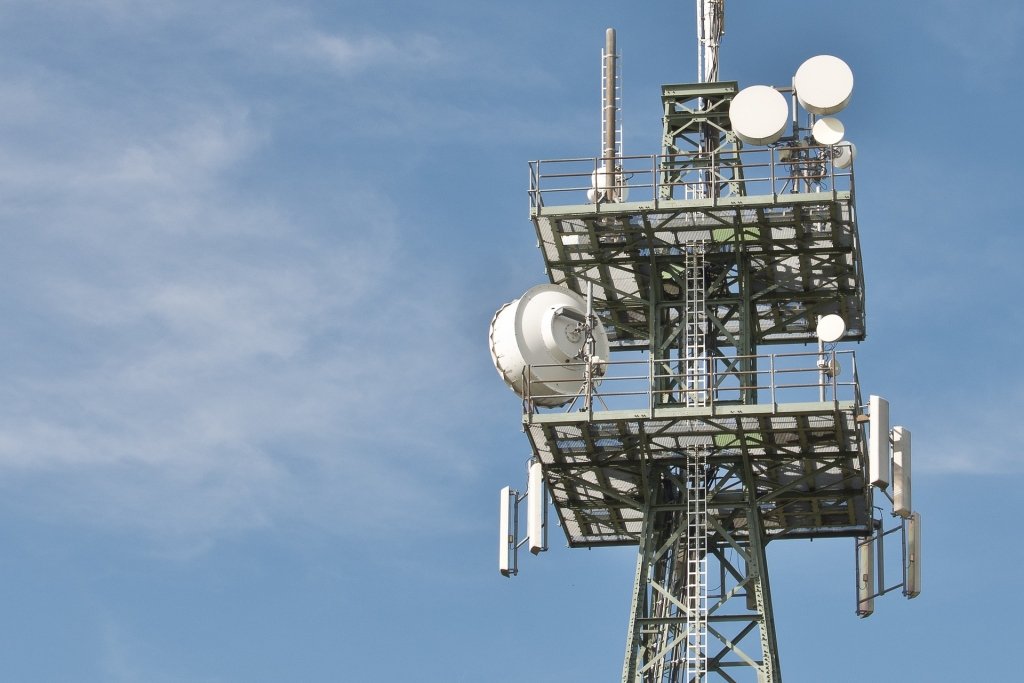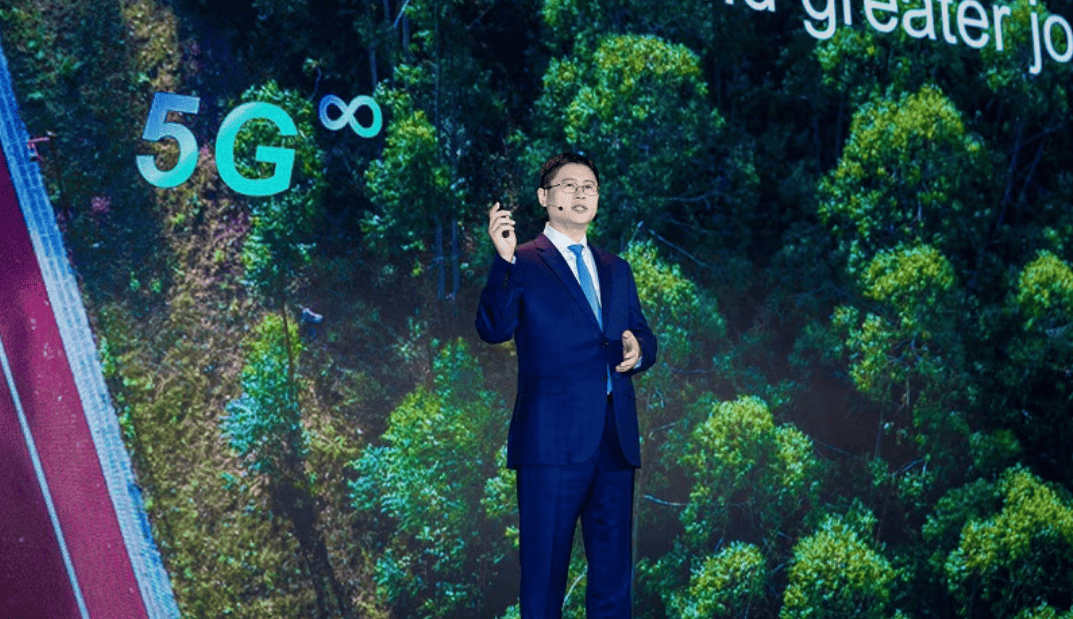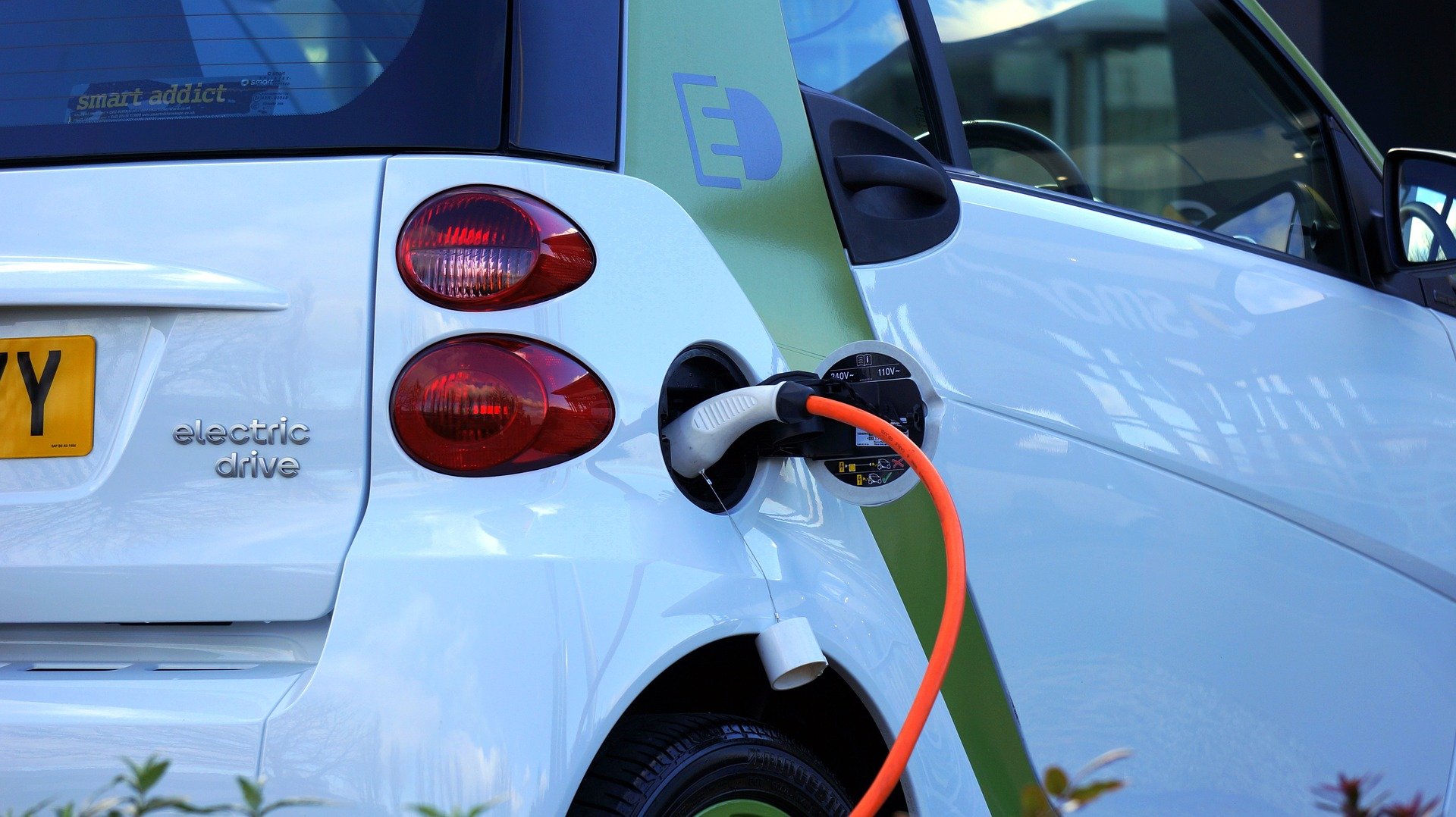
After LTE (Long-Term Evolution, high-speed wireless communication for mobile devices and data terminals based on 4G), scientists are already working on the fifth generation of mobile radio, 5G. “In the fifth generation, however, we are no longer talking about a pure mobile radio system, but about a universal communication system, as this system is designed to allow certain things to be networked with each other, such as Industry 4.0,” explains Thomas Schierbaum from IRT, the joint research centre of the public broadcasters in Germany, Austria and Switzerland.
Read also: Smoothly from 4G to 6G, thanks to Maxwaves
IRT is working hard to further develop these wireless communication technologies for the broadcast sector. “We have already contributed to the standardization of 5G broadcasting requirements last year with several partners such as EBU (European Broadcasting Union), RAI from Italy and BBC from the UK,” says Schierbaum. “We see 5G as the future network standard over which media such as linear television can be transmitted very well. It can also be linked to non-linear offers in a network.” To make this possible, however, certain criteria, such as a broadcast mode, must be introduced.
“In contrast to conventional mobile radio, in which a device must always be connected to a transmitter mast, radio transmission to hundreds or thousands of devices takes place in a transmitter cell”, says Thomas Schierbaum. “We are now setting the standard for broadcasting to all devices. That means you can use a smartphone, tablet or TV set with this network standard and the number of devices in this network is completely open.” Another important criterion is that reception works without a SIM card, as public access to radio must be possible.
First 5G tests are running
IRT and Nokia are running an eMBMS single frequency network using a combination of unicast and broadcast features, both of which will be included in 5G to deliver TV broadcasts. This means that the same signal can be received simultaneously on both stationary TV sets and mobile terminals. “We are now testing these functionalities piece by piece in a very large network of stations with one station in Freimann, one in Ismaning and one in the broadcasting centre. That’s 400 square kilometers we’re testing radio signals on.”
For TV viewers, 5G is still a dream of the future, because currently only researchers can receive the signals with special equipment, which are only available as prototypes. It will be several years before the technology is ready for widespread use. “We are currently setting up a large-scale test on the Wendelstein transmitter, which is scheduled to go into operation next spring. Then you would be able to supply a large area from a television tower with high transmission power.” Schierbaum estimates that it could be 2025 before a normal user could benefit from this. “We may sometimes be a bit brash and say ‘technically’ it would be possible”, he admits, because regulation and business models will be at least as important. “It is not yet possible to say whether broadcasting will set up this network, whether it will be operated by a third party, whether mobile phone providers will make capacities available, for example. All this has yet to be clarified.”
5G is currently being tested at the European Championships 2018 in Glasgow and Berlin (2-12 August), at test sites in Munich and the Aosta Valley. The test shows the possibilities of combining linear and non-linear content on stationary and mobile devices.








